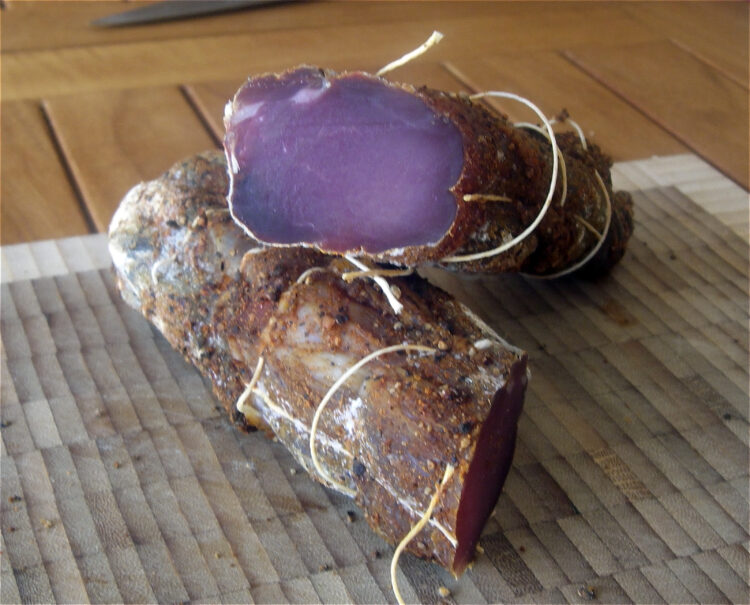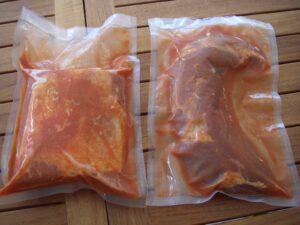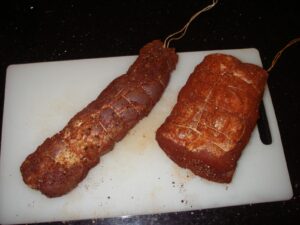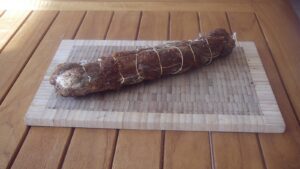Lomo is a delicate, flavorful cold cut that appeals to anyone who loves honest, natural taste. Prepared from pork tenderloin, one of the leanest cuts, it cures to a silky texture and a distinctive flavor thanks to a carefully balanced spice mix.
What exactly is lomo, and where does it come from?
Lomo is a cured meat and a flagship of Spanish charcuterie, especially beloved in Andalusia. It is traditionally made from pork tenderloin, one of the pig’s leanest and most prized cuts.

The naturally tender loin is seasoned and air-dried, transforming it into a deeply flavorful sausage. Salt, paprika, Espelette pepper, and other spices lend lomo its signature taste and vibrant reddish hue.
Tips for Perfect Lomo
1. Meat quality: Start with top-grade pork tenderloin, preferably from a local, ethically raised animal.

2. Salt balance: Season to taste. If the cured loin seems too salty, reduce the salt to 25–30 g per kilogram of meat.
3. Optimal drying: Hang the lomo in a cool, well-ventilated spot with a steady temperature. Steer clear of damp areas to keep unwanted mold at bay.
4. Regular rotation: Turn the loin occasionally during curing so the salt and spices distribute evenly.
5. Hygiene first: Work in a spotless environment, using sanitized tools and freshly washed hands to prevent contamination.
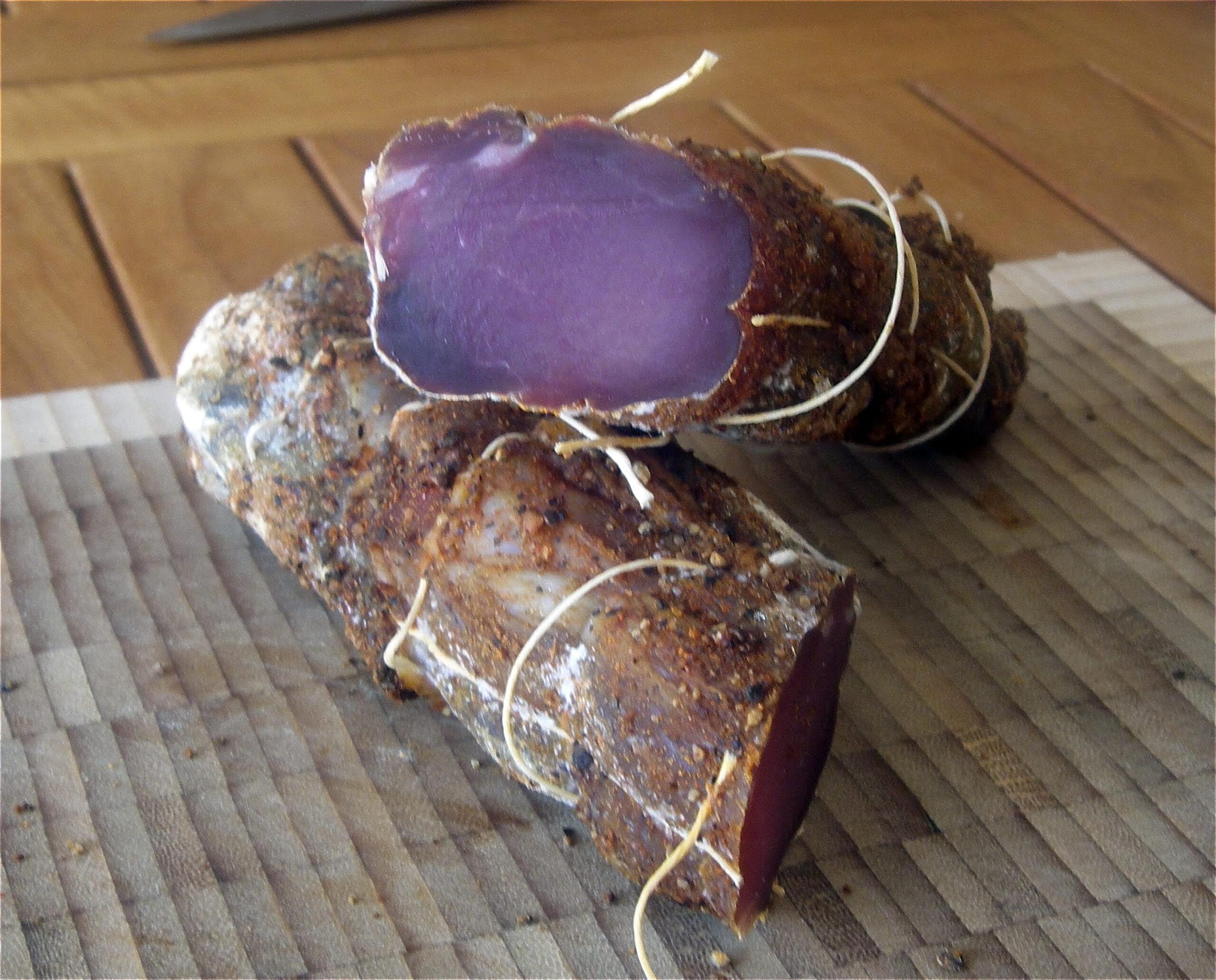
Homemade Spanish Lomo
Ingredients
- 1 kg pork tenderloin
- 50 g fine Guérande sea salt
- 3 g granulated sugar
- 1 tablespoon mild chorizo spice blend paprika, granulated garlic, Espelette pepper, smoked paprika, coriander, and white pepper
- sweet paprika
- cracked black pepper
Procédé
- Combine the salt, sugar, and chorizo spice blend.
- Transfer the tenderloin and seasoning mixture to a food-grade plastic bag.
- Seal the bag with your hand and shake gently, turning it so the seasoning coats the tenderloin evenly.
- Vacuum-seal the bag and refrigerate for 3 days, turning it occasionally. If you don’t have a vacuum sealer, press out as much air as possible before sealing.
- After 3 days, rinse the tenderloin under cold running water.
- Pat the meat completely dry with paper towels.
- Tie the tenderloin snugly with kitchen twine.
- Roll the loin in sweet paprika and cracked black pepper until thoroughly coated.
- Hang the loin in a cool, well-ventilated spot for about 3 weeks.
- A fine, dry, non-sticky white bloom should develop—a sure sign your drying conditions are perfect.
Notes
- For a milder cure, use only 25–30 g of salt per kilo of meat.
- Ensure the drying area is well ventilated to prevent humidity.
- A white bloom signals healthy fermentation and won’t affect the lomo’s flavor.
